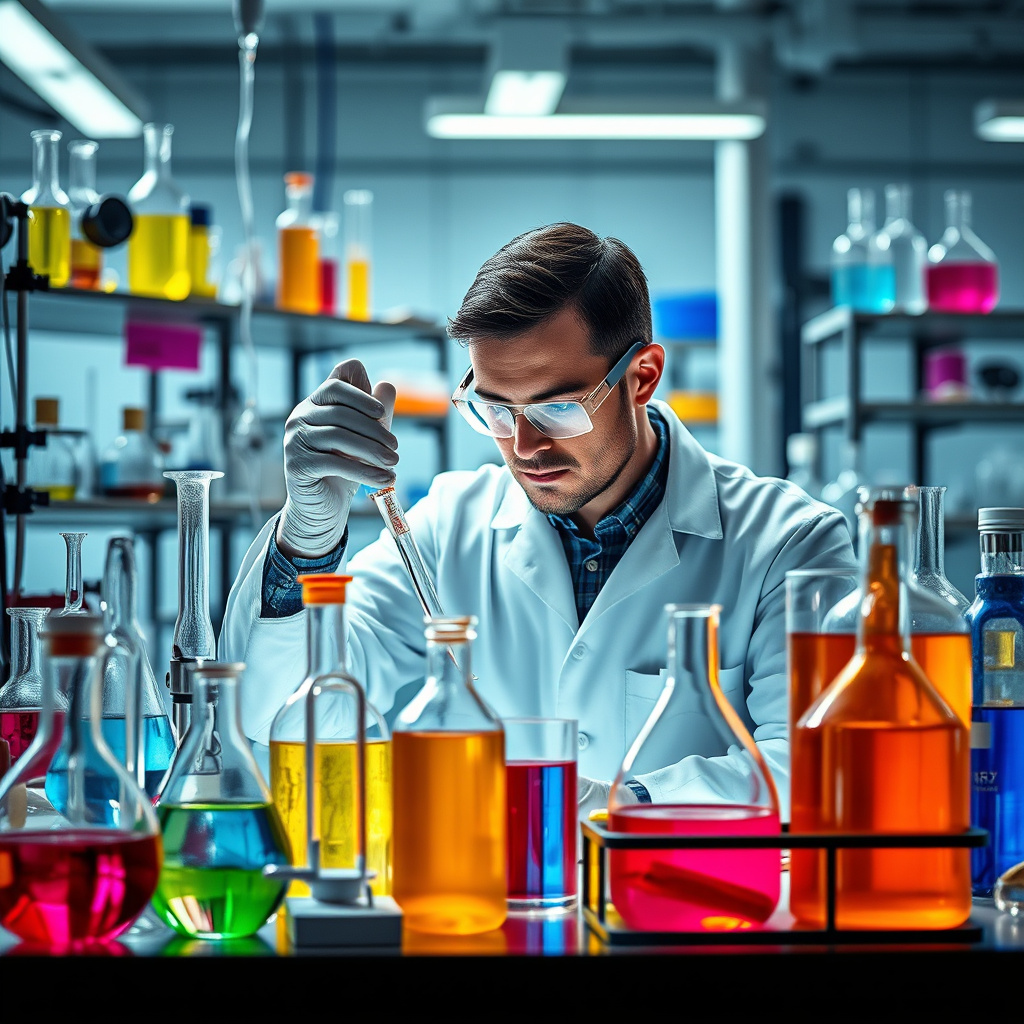Understanding Glycerin Production Facilities
A glycerin production facility is a specialized plant designed for the manufacturing of glycerin, a versatile compound utilized across various industries. These facilities employ advanced technologies and processes to convert raw materials, such as fats and oils, into high-quality crude glycerin. The production process typically involves transesterification, where triglycerides are broken down in the presence of a catalyst, resulting in glycerin and biodiesel. This method ensures efficiency and sustainability in glycerin production.
Key Components of a Glycerin Production Facility
The architecture of a glycerin production facility comprises several critical components, including reactors, separators, and purification units. Reactors are where the transesterification process takes place, utilizing precise temperature and pressure controls to optimize yield. Separators then extract glycerin from the biodiesel, while purification units refine the glycerin to meet industry standards. Each component plays a vital role in ensuring the facility operates smoothly and produces high-quality glycerin.
Raw Materials Used in Glycerin Production
Raw materials for glycerin production typically include vegetable oils, animal fats, and synthetic sources. The choice of raw material can significantly impact the quality and characteristics of the final product. For instance, vegetable oils such as palm or soybean oil are commonly used due to their abundance and renewable nature. The sourcing of these materials is crucial for maintaining sustainable production practices and meeting the growing demand for glycerin.
Quality Control in Glycerin Production
Quality control is paramount in glycerin production facilities to ensure that the glycerin produced meets the stringent requirements of various industries, including pharmaceuticals, cosmetics, and food. Facilities implement rigorous testing protocols throughout the production process, from raw material inspection to final product analysis. This includes measuring parameters such as purity, viscosity, and moisture content, ensuring that the glycerin is safe and effective for its intended use.
Environmental Considerations in Glycerin Production
Glycerin production facilities are increasingly adopting eco-friendly practices to minimize their environmental impact. This includes utilizing renewable energy sources, recycling water, and managing waste effectively. By implementing sustainable practices, these facilities not only reduce their carbon footprint but also enhance their reputation as responsible manufacturers. The shift towards greener production methods is critical for meeting regulatory requirements and satisfying consumer preferences for environmentally friendly products.
The Role of Glycerin in Various Industries
Glycerin is a multifunctional compound with applications in numerous industries, including pharmaceuticals, food, and personal care. In the pharmaceutical sector, glycerin serves as a solvent and humectant, enhancing the efficacy of medications. In food production, it acts as a preservative and sweetener, while in cosmetics, it provides hydration and smoothness to skin care products. The diverse applications of glycerin make its production a vital component of many supply chains.
Exporting Crude Glycerin from Glycerin Production Facilities
Exporting crude glycerin is a significant aspect of glycerin production facilities, especially for manufacturers like Diplomata, which are recognized as leading suppliers in the market. The logistics involved in exporting crude glycerin include compliance with international regulations, efficient transportation, and ensuring product quality during transit. Diplomata’s expertise in handling high-demand exports by the ton positions it favorably in the competitive global market.
Advancements in Glycerin Production Technology
The glycerin production industry is witnessing significant advancements in technology aimed at improving efficiency and reducing costs. Innovations such as continuous processing systems and advanced catalysis techniques are streamlining production workflows. Moreover, the integration of automation and data analytics allows for better monitoring and control of production parameters, ultimately leading to higher quality glycerin output and optimized resource usage.
The Future of Glycerin Production Facilities
The future of glycerin production facilities looks promising, with increasing demand driven by the growth of eco-friendly products and sustainable manufacturing practices. As industries continue to seek renewable alternatives, glycerin’s role as a biobased substance will expand. Facilities that invest in modernization and sustainability will likely thrive in this evolving market, establishing themselves as leaders in the glycerin production sector.


